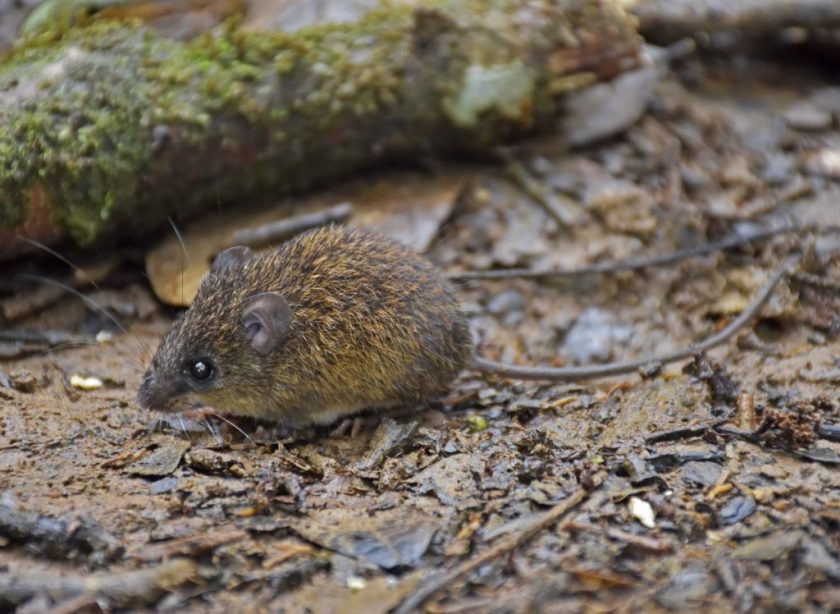Guest blog post by Catalina Romero-Ortiz
Colombia is a South American country full of beautiful landscapes, indigenous cultures, delicious food, and warm people. In its territory, the country hosts an amazing diversity of birds, amphibians, vascular plants, fishes, among other biological groups, which makes it one of the biodiversity hotspots on Earth. The nation’s recent steps toward peace have allowed for the exploration of regions previously off-limits due to conflict.

Of all this diversity in Colombia, pseudoscorpions, little arachnids that resemble scorpions, are very little known. They can get mistaken for mites or fleas due to their size, but are entirely harmless to humans, with their venom glands only used for hunting and self-defense. Their cryptic behaviors make them difficult to find, which in turn makes them difficult to study. For a biodiversity hotspot like Colombia, researchers expect that there are more species out there than the 63 that are already known to science.
Looking into biological collections, pseudoscorpion researcher Catalina Romero-Ortiz found five new species and a new genus of these interesting creatures. Together with Dr. Mark Harvey from the Western Australian Museum and Dr. Carlos Sarmiento from the Instituto de Ciencias Naturales of the National University of Colombia, they recently described those findings in the scientific journal ZooKeys. They also proposed a new classification for a species that was only known by its description, contributing to the broader understanding of pseudoscorpions in Colombia. The star of their research is the newfound genus Paciwithius.

A peculiar name
To understand the meaning of the genus name, which refers to the Latin for peace, pax, we should look at the history of this beautiful country. Since the early 20th century, Colombia has grappled with an ongoing civil conflict, particularly in rural areas. Starting in 1946 with the rise of the Guerrilla, this historic period named “La Violencia” claimed millions of lives. Over the years, the dynamics of the conflict evolved, but violence persisted. The 1980s witnessed the rise of the narco-era, plunging the entire nation into a vortex of violence. With the emergence of paramilitary forces vying for control of the drug trade, violent clashes with guerrillas further escalated the bloodshed.
In 2012, peace negotiations began in Colombia, and in 2016 the Peace agreement with the biggest Guerrilla group was established. Prior to this, a process of reconciliation was initiated with paramilitary groups. With the perception that for a true peace there has to be a comprehensive understanding of past events in order to forgive, the “Comisión de la verdad” (Truth commission) was created. This Commission did incredible work gathering testimonials of the war from all sides and making them accessible to the public. Remembering is essential to healing and moving on.

In the end, peace for this country has a lot to do with people, territory, and biodiversity. Areas that were previously unexplored due to violence are now accessible, and although war is far from over, this is a good path to follow. A long one, but, we hope, full of life.
Research article:
Romero-Ortiz C, Sarmiento CE, Harvey MS (2023) A new genus and five new species of pseudoscorpions (Arachnida, Pseudoscorpiones, Withiidae) from Colombia. ZooKeys 1184: 301-326. https://doi.org/10.3897/zookeys.1184.106698





































